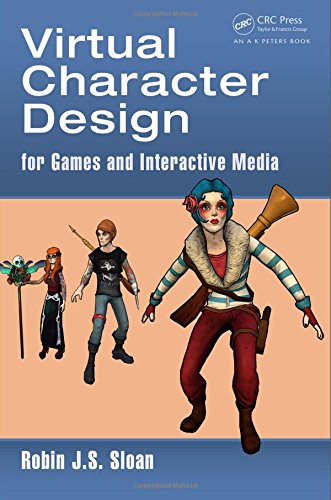

Most ebook files are in PDF format, so you can easily read them using various software such as Foxit Reader or directly on the Google Chrome browser.
Some ebook files are released by publishers in other formats such as .awz, .mobi, .epub, .fb2, etc. You may need to install specific software to read these formats on mobile/PC, such as Calibre.
Please read the tutorial at this link: https://ebookbell.com/faq
We offer FREE conversion to the popular formats you request; however, this may take some time. Therefore, right after payment, please email us, and we will try to provide the service as quickly as possible.
For some exceptional file formats or broken links (if any), please refrain from opening any disputes. Instead, email us first, and we will try to assist within a maximum of 6 hours.
EbookBell Team

5.0
90 reviewsWhile the earliest character representations in video games were rudimentary in terms of their presentation and performance, the virtual characters that appear in games today can be extremely complex and lifelike. These are characters that have the potential to make a powerful and emotional connection with gamers. As virtual characters become more intricate and varied, there is a growing need to examine the theory and practice of virtual character design. This book seeks to develop a series of critical frameworks to support the analysis and design of virtual characters.
Virtual Character Design for Games and Interactive Media covers a breadth of topics to establish a relationship between pertinent artistic and scientific theories and good character design practice. Targeted at students, researchers, and professionals, the book aims to show how both character presentation and character performance can be enhanced through careful consideration of underlying theory.
The book begins with a focus on virtual character presentation, underpinned by a discussion of biological, artistic, and sociological principles. Next it looks at the performance of virtual characters, encompassing the psychology of emotion and personality, narrative and game design theories, animation, and acting. The book concludes with a series of applied virtual character design examples. These examples examine the aesthetics of player characters, the design and performance of the wider cast of game characters, and the performance of characters within complex, hyperreal worlds.